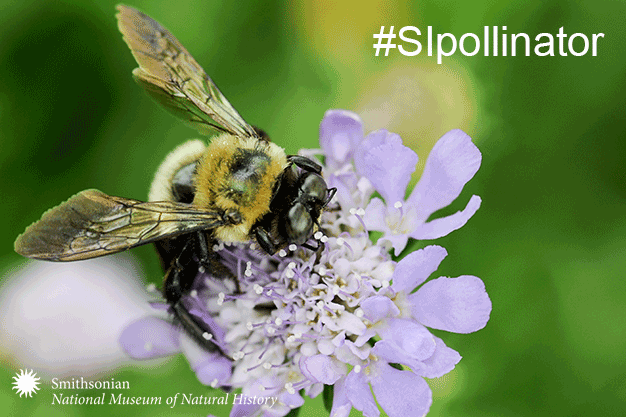Today is a very special day for a technology that has become the eponym for most DNA-based identifications. Reason enough to devote a blog post on its birthday:
On June 26th, 1974, a 10-pack of Juicy Fruit Gum was scanned for its Universal Product Code (UPC) at a food store in Troy, Ohio.
Forty years later, the barcode is printed or embedded on trillions of products and other things worldwide. Furthermore, it is available in dozens of modern formats.
The number of applications of barcodes is actually growing faster than ever. In the past five years, it's been given a boost by the emergence of smartphones equipped with digital cameras that - with the right app - can be used as barcode scanners. More recently, faster processors have arrived that can read thousands of alphanumeric characters on a single imprint, which can be smaller than a postage stamp.
In the past eight years, barcodes have become so varied and complex that optical imagers can read QR codes or matrix barcodes to learn not only the identity and price of a product but also very specific information including the serial number of a precise product. It is now possible to track down a particular machine part's identification to learn through a connected database when, where and how it was created or who inspected it - all of which can prove essential in accident investigations or recalls.
Today barcodes are so commonplace that we take them for granted. We load a boarding pass barcode onto a smartphone display that's read at the gate. Everything we buy is scanned at the cashier and the technology enabled big stores to install self-serve cash registers where customers scan their own groceries. Nurses check in patients and re-check them several times for surgical procedures or other treatments by scanning barcodes on their wrists that are compared to barcodes on their charts. Pharmacists track medicines, while warehouse workers and courier drivers use handheld scanners to track goods and packages at lightning speed. A utility worker scans a meter connected to a customer's history, while a mechanic can research a car part's history and so on.
 IBM engineer George Laurer, invented what became the UPC barcode first used on that pack of gum in 1974. However it took quite some time and various standards groups involving members from multiple companies and governments to get the movement started and then to later review a steady stream of alterations and innovations.
IBM engineer George Laurer, invented what became the UPC barcode first used on that pack of gum in 1974. However it took quite some time and various standards groups involving members from multiple companies and governments to get the movement started and then to later review a steady stream of alterations and innovations.
The roots of barcodes go back much further. A U.S. patent was granted in 1934 for a card sorter device that was able to read a simple code consisting of four bars printed on paper. The printed bars were read by photoelectric cells. The goal was to automate the payment of utility bills, with the primitive four bar barcode printed on a postcard sent to each customer then later read when the payment was made.
The development of the barcode was a revolution. There is nothing I can think of that had a greater impact on facilitating commerce around the world than the UPC barcode. Happy birthday!















.jpg)